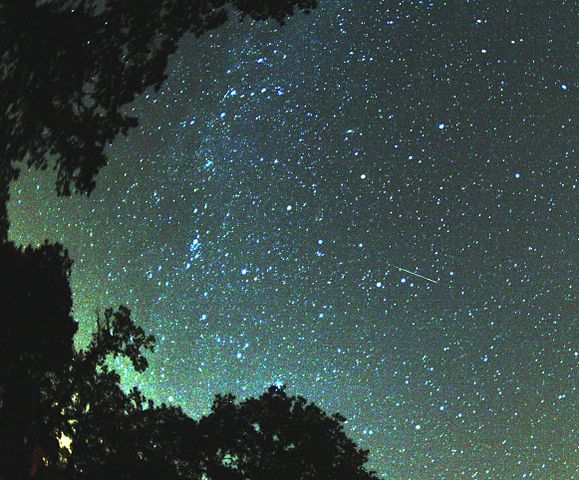Perseid meteor shower in August: Best date and time to watch

Anyone who enjoys gazing up at the night sky waiting for spectacular astronomical events will know that August is a much-anticipated month because of Perseid meteor showers.
According to Jimmy Westlake for Steamboat Today, Perseid meteor showers will peak at 2 a.m. MDT (4 a.m. EST) on August 13, Thursday.
Perseid is the brightest and most popular meteor showers of the year, according to Patch.
The astronomical event usually runs from July 13 to Aug. 26, with the most powerful show happening on August 12–13, as stated by NASA.
The meteors bringing people the dazzling show are debris from the comet Swift-Tuttle. No matter where people live, the meteors are best viewed in the mornings of August 11–14, according to Earthsky.org.
On a dark night, Perseids often produce more than 50 meteors per hour in the northern latitudes. NASA also estimates that during the peak show, Perseids can produce as much as 100 meteors every hour running at 37 mps.
For this year, it is great news for observers because the moon's bright light will not be getting in the way of the view and people can clearly see the showers.
Tracing the meteors backwards will reveal that they all come from a cluster of stars forming Perseus, hence the name Perseids.
However, this does not mean that an amateur observer should be knowledgeable about constellations. All it takes is a nice, dark location to really enjoy the meteor shower experience.
NASA suggests that people should be out on pre-dawn hours to experience the best view, but the showers can also be seen in the late evening.
It also helps to get away from city lights and wait around outside on a dark area. Sitting for 30 minutes in a dark spot should help the eyes adjust to the surroundings and viewing the showers will then be easy.











